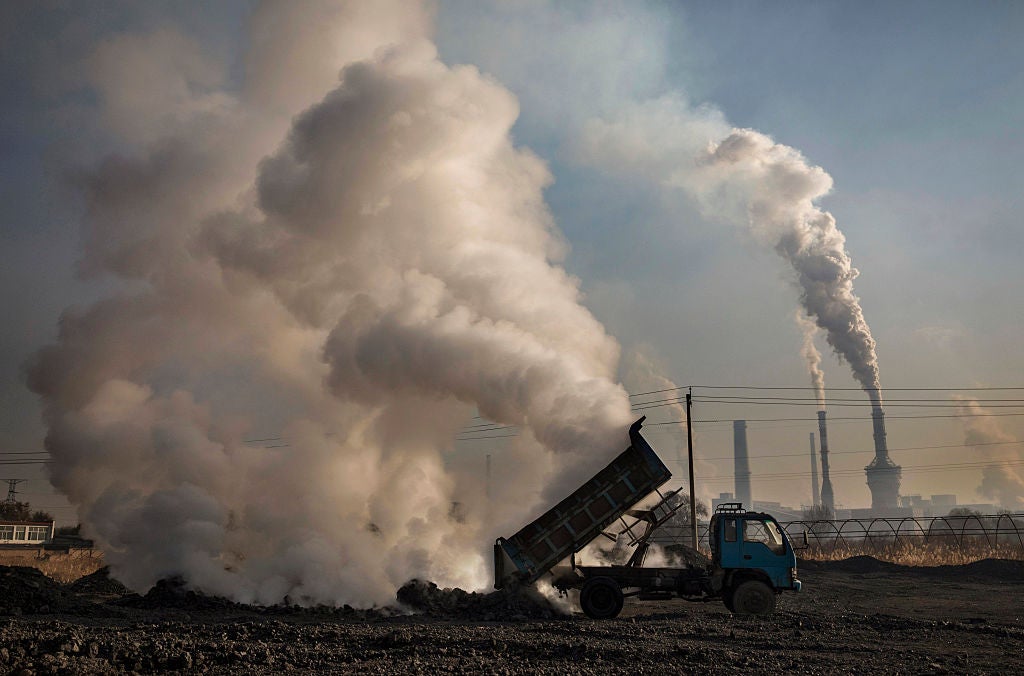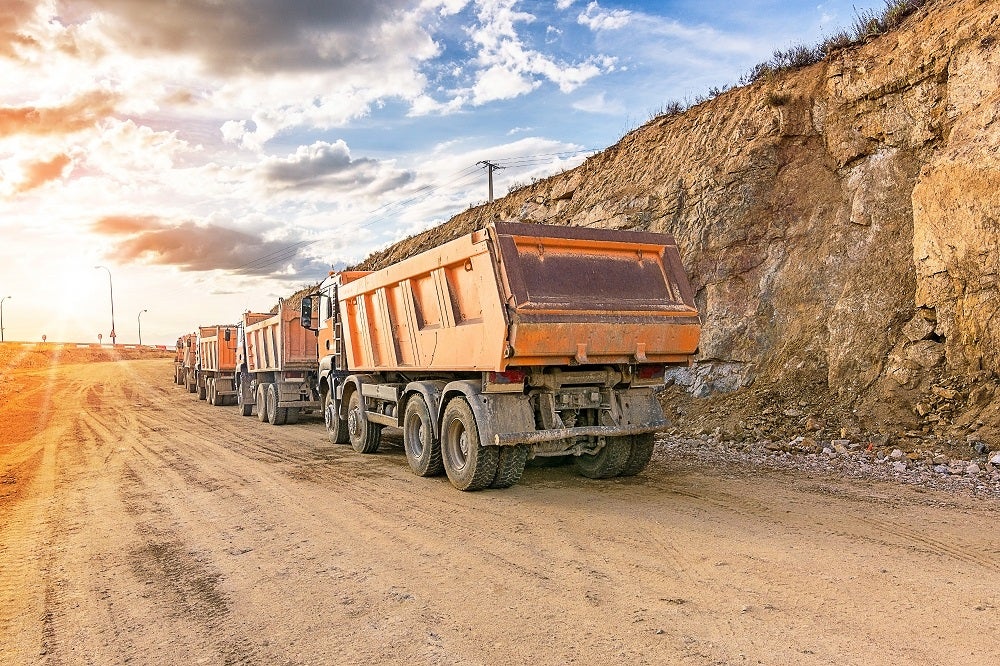
In December 2007 around 10,000 delegates from nearly 190 countries gathered on the Indonesian island of Bali. Their reason: the 13th annual Conference of Parties to the UN Framework convention on Climate Change [UNFCCC] and the Meeting of Parties to the Kyoto Protocol [MOP]. Their mission: to save the world.
In 1997, rich nations undertook to reduce greenhouse gas emissions by 5% of the 1990 levels by 2012 as part of the Kyoto Protocol.
In the ten years since, the western nations who signed up have instead increased emissions by 11%.
To put it into sharp focus, the Intergovernmental Panel on Climate Change [IPCC] said in a report issued pre-Bali that, if present trends continue, harvests in much of Africa could be halved by 2020, the Amazon rainforest will turn to dry savannah, and the Greenland icecap will completely melt, raising sea levels worldwide by over 30ft.
BALI ROADMAP
See Also:
With results like this, it is no wonder that the Bali conference kicked off with a sobering speech from conference secretary Yvo de Boer.
How well do you really know your competitors?
Access the most comprehensive Company Profiles on the market, powered by GlobalData. Save hours of research. Gain competitive edge.

Thank you!
Your download email will arrive shortly
Not ready to buy yet? Download a free sample
We are confident about the unique quality of our Company Profiles. However, we want you to make the most beneficial decision for your business, so we offer a free sample that you can download by submitting the below form
By GlobalData“The eyes of the world are upon you,” he told delegates. “There is a huge responsibility for Bali to deliver. The world now expects a quantum leap forward.”
The two-week conference overran by a day as ministers struggled to reach an agreement with the weight of the world weighing heavy on their shoulders.
However, after an 11th hour climb-down by the US, whose delegation were booed for opposing technological and financial help for poorer countries, a deal for a new international climate change agenda was finally reached.
The agreement, the Bali roadmap, lays down guidelines for a two-year process of negotiations to decide the future of global climate change policy. It is intended that a new international climate change treaty will be signed in Copenhagen in 2009.
So what exactly is the Bali roadmap? And how will it affect the power industry?
CUTTING EMISSIONS
One of the main tenets of the Bali roadmap is the need to cut the emission of harmful greenhouse gases into the atmosphere. The IPCC has recommended that rich countries cut emission levels by 25–40% by 2020.
Although the US successfully argued against including those targets in the roadmap, it was recognised that evidence of global warming was ‘unequivocal’ and that ‘deep cuts in global emissions will be required to achieve the ultimate objective of avoiding dangerous climate change.’
Government statistics suggest that in the UK alone, the energy industry produces over 200 million tons of carbon dioxide per year, which is more than one third of the country’s total carbon dioxide emissions. Does this mean that the power industry is to come under greater pressure to cut emissions post-Bali?
“European operators have been under pressure for some time,” says Steven Knell, energy analyst at Global Insight. “In developing countries there will be increased awareness but growth is still the chief concern and, to do that, you need power. In reality the short-term effects of Bali will be very small.”
However, long term, the Bali roadmap gives some real indicators as to how the power industry and the world in general will have to shape up to reach desirable emissions targets.
“Emissions trading will become very important,” says Steven Knell. “As will efficiency gains from improving rates of thermal power generation as would an increase in adoption of nuclear fuel. And then there is also renewable energy.”
RENEWABLES
At present only 3% of the UK’s total energy output comes from renewable sources. The government has targeted an output of 20% by 2020 and the Bali roadmap is sure to help further the cause of the renewable energy sector.
“It is imperative that the drive to cut global carbon emissions is inextricably linked with the production of renewable energy,” says Richard Simmons, managing director of The Renewable Energy Centre. “The aims are twofold – educating people in order to reduce the demand on energy resources and creating sustainable and self sufficient ways to supply power.
“In reducing carbon emissions we slow down global warming. In order to maintain the reduction in emissions, energy must be sourced from renewable and sustainable methodologies. The two cannot be separated and are critical to the success of any agreement post-Kyoto.”
However, Knell is quick to point out that there is still a strong future for the rest of the power industry.
“A tough carbon agenda does not need to be based around renewable energy,” he says. “A certain romanticism surrounds renewable energy. It ticks a lot of the right boxes. But conventional power generation has a lot more to offer.
“For instance, improving rates of thermal efficiency and super-critical coal could have a huge impact on stripping carbon emissions out of power generation. Meanwhile, nuclear has never been more attractive. That renaissance will continue.”
CARBON CAPTURE AND STORAGE
Carbon dioxide is the most prevalent of the greenhouse gases. In 2005, carbon dioxide represented 85% of all greenhouse gas emissions in the UK. It follows then, that the less carbon dioxide is released into the atmosphere, the less risk there is of dangerous climate change occurring.
Carbon capture and storage [CCS], a means of capturing the carbon dioxide created by industry and storing it rather than releasing it into the atmosphere, is still relatively new. It is believed that, if applied to a modern conventional power plant, CCS could help reduce carbon dioxide emissions by 90%.
CCS was discussed in Bali and, for the first time, is being considered as a clean development mechanism [CDM] project. Further investigation was agreed as part of the roadmap and a work plan established to take this forward in 2008.
“The UN hasn’t taken a clear stance on this yet,” says Knell. “But CCS could provide an opportunity for generators to realise broader dividends. It should represent a further lease of life for the coal-fired, thermal and gas operators and counter the prevalence of nuclear generation.”
TECHNOLOGY TRANSFER
The Bali roadmap saw the launch of a programme to transfer affordable climate-friendly technologies, such as energy-efficient equipment, solar and modern desalination technologies, from the world’s richest countries to the developing nations. An expert group to advise the developing countries was also introduced.
“A huge amount of funding will become available and financial incentives made available for the west to support developing countries,” says Knell. “This will provide great opportunities for western companies who are pushing the limits of, for instance, thermal efficiency to take their expertise abroad. Their expertise will be in higher demand in developing countries than ever before.”
THE FUTURE
It is difficult to know how far-reaching the Bali roadmap is going to be. In 1997 the Kyoto Protocol attempted to do exactly what the Bali roadmap is doing now – set down guidelines for tackling climate change.
Kyoto has ultimately failed, as evidenced by the fact that the countries that signed up to the agreement have seen their greenhouse gas emissions increase by 11%, rather than falling by the desired 5% on 1990 levels.
In the UN’s Fighting Climate Change report it was suggested that, to avoid serious global consequences, richer countries must cut carbon emissions by 30% by 2020 and 80% by 2050, with developing countries cutting emissions by 20% by 2050.
“If these figures were agreed, in order to achieve them the countries which have until now been reticent would need to commit to proactively fighting climate change,” says Simmons. “That means investing heavily in renewable solutions and carbon reduction. Saving the planet is possible but it means moving aside political agendas and focusing as a global team on making change happen.”
One of the major reasons for the failure of the Kyoto Protocol is the refusal of big global hitters like the US and Australia to sign. However, the Australians signed up just before Bali and the Americans’ last-minute Bali U-turn has shown that, at last, they are willing to get involved in the war on climate change. So can the power industry move forward and hit the targets alluded to at Bali?
“It will go down in history that 2007 was the year that climate change became a true global issue,” says Knell. “But, despite all the rhetoric, this is not an easy issue to rectify.
“Even with different occupants in the White House, there will be no sudden consensus. It will be a long, contentious and problematic way ahead.
“However, if the politicians can handle their end, there is no reason why the power industry cannot hit the desired emissions targets. With the right incentives and a stable climate, there is no limit to what the power industry can offer”






